For young people in foster care, the uncharted times of coronavirus are even more unsettling.
Since the start of pandemic, odds are you’ve received at least one email that wishes you well during “these unprecedented times.” The unknowns of this crisis are part of what make it so universally challenging. For young people aging out of foster care, these uncharted times are even more unsettling.
In a recent Field Center study of 18-23 year olds who are currently in or recently aged out of foster care, 43% either were forced to leave their current housing situation or experienced homelessness or housing instability during the pandemic. On top of that, 55% of these young people reported they were food insecure during the COVID-19 crisis.
Geori Berman, statewide director of youth advocacy organization, Florida Youth SHINE, said what would be a speed bump for so many people is a complete roadblock to foster youth.
“Let’s say their car breaks down and they can’t afford to replace it — well, that’s how they’re using it to get to classes and their job,” she told TMRW. “So then they have to stop going to classes, and then they no longer have that educational housing support and that funding that they’re relying on, and they can end up being homeless.”
As a result of COVID-19, nine states as well as Washington D.C. have mandated a temporary moratorium for aging out of foster care. For those aging out in states with less protective measures, they can find their basic needs compromised. Education is often a lifeline for these necessities.
“In March, one of the things that we heard a lot was that colleges were closing and students were being sent off campus, and many people went home to their parents,” Berman said. “Our young people [in foster care] don’t have parents, so when schools closed they were couch surfing, and lost their on-campus jobs.”
With a muddled job market, many recent graduates lost their job offers or are having a difficult time finding work. And if they were able to keep their jobs, Berman said many young people with pre-existing conditions risked getting sick to preserve their income.
Some states, like Florida, already provide youth with extended foster care services, giving them the option to age out when they’re 18 or stay in the system until they’re 21. When they reach these ages, Berman said they finally feel like they have some control over their lives. But when the pandemic hit, it was “almost like a complete reversal.”
When Berman asked the youth she worked with ‘How are you feeling right now?’ Many said they’ve already lived through this instability before — during foster care.
“They told me, we know what it’s like to not have control over our lives and not know what our next placement is or what’s coming next, so this isn’t something that’s new to us,” she said.
Within the Field Center study, 52% revealed COVID-19 had negative impacts on their mental and physical health. Dr. Jamie Howard, clinical psychologist and director of the Trauma and Resilience Program at the Child Mind Institute told TMRW that several youth in the foster care system already have pre-existing mental health issues, including post-traumatic stress disorder that can be exacerbated during this time.
“To enter a world in which people are more isolated and less available to provide support … because there’s a looming threat in the form of the virus can intensify those beliefs that they’ve come to develop through their childhood trauma,” Howard said.
While kids legally become adults at age 18, this is just the beginning of another developmental period called emerging adulthood, Howard explained.
“Our frontal lobes are not really fully developed until we’re about 25,” Howard said. “Frontal lobes are what facilitate rational thinking, impulse control, organizational planning — all of those really important executive function skills that they need in order to plan for their future, but they don’t quite have their full biological capacity yet.”
During this vulnerable developmental period, the foster care system is meant to help set up young adults for success, but they’re not able to do this fully independently — especially with the ongoing pandemic. That’s why Dr. Susanne Babbel, licensed marriage and family therapist and author, believes the state should act as a parent to those aging out.
“[Foster care youth] are still learning how to manage their emotions, and they have no one who’s helping them with that,” Babbel said. “When our basic needs are threatened, when we are in trauma mode … the fight-flight-freeze response takes over our logical brain, so that’s why some of the symptoms of PTSD are a lack of focus, lack of memory, concentration.”
To provide more support for young adults aging out of foster care right now, Babbel believes there should be transitional housing programs, along with more youth advocacy, pushing for a pause on aging out during the pandemic. She said the John Chafee Foster Care Program for Successful Transitions to Adulthood is instrumental in helping young adults in the foster care system.
Among other holistic initiatives, the Chafee Program teaches young adults independent living skills and provides subsidized housing assistance. Along with implementing initiatives across more states, Babbel said the Chafee Program should receive more funding to continue helping. In fact, there are several pending bills in Congress to increase the program’s funding to $500 million.
During a time of social distancing and reduced socializing, Babbel said foster care youth both in the system and graduated, need a system to connect among each other to forge continuous belonging. Organizations like Florida Youth SHINE are helping to do just that.
“Young people might not have family members to call — those social connections are lacking,” Berman said. “Florida Youth SHINE identified those opportunities for young people to come together for peer connection events in order for them to socialize.”
As COVID-19 persists, young adults aging out of foster care continue to be among a vulnerable population. Aside from policy, advocacy and subsidies, Howard emphasizes the importance of helping those at risk.
“These kids have a lot of potential, and they’re at a really critical crossroads in their life,” Howard said. “And if we can provide some support to guide them towards a productive, healthy developmental trajectory, now’s the time to do it.”
By Antonia DeBianchi, TMRW
Antonia DeBianchi is a TMRW contributor who’s been published in Apartment Therapy, Boston Magazine and Haute Living. She focuses on lifestyle, entertainment and food writing.

